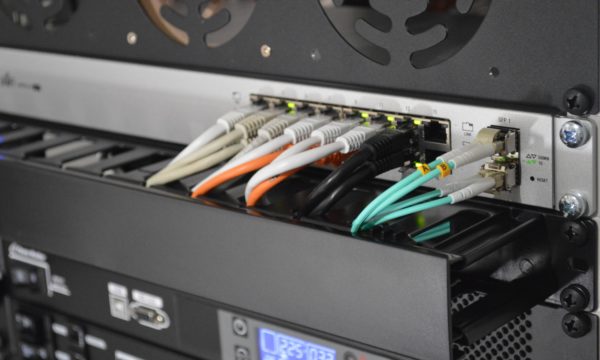
You’ve scanned the market for space, been on inspections, negotiated lease terms, paid your deposit, supplied your bank guarantee/insurances and signed your lease. The next step is to collect your keys/passes and access the tenancy for fit out or to trade (if already fitted).
Moving into a new office can be an exciting and somewhat daunting, so understanding how to transition into your new space is important. This article outlines all you need to know.
Firstly, get to know your Property Manager. They are your most important point of contact.
Property Managers run the day-to-day operations of the building and enforce building rules whilst ensuring all administrative and financial functions are kept up-to-date.
Property Management teams generally consist of between 2 – 3 people in A and B-Grade buildings and teams up to 5 for larger Premium buildings. Management teams will sometimes have an office onsite but generally work from their main corporate office.
Once you have signed your lease, the respective Property Manager will generally reach out to introduce themselves (and their team). They will provide an induction to the building in which key topics are addressed such as:
- Evacuation drills;
- Access to fire safety equipment;
- Building rules;
- Carpark (if applicable);
- End-of-Trip tours; and
- General building operations.
Property Managers will generally prefer that you nominate a single point of contact within your business. Failure to keep these details updated may result in important information being missed such as; fire drills, building shutdown times or even reviving rental invoices.
The key roles of the Management team are:
Property Manager / Assistant Property Manager:
- Oversees all building operations
- Can answer questions regarding your tenancy and lease, billing/invoice, will chase tenant arrears
- Deals with complaints against other tenants
- Arranges building announcements such as; test fire alarms, building shutdowns, protestor alerts, lift outages etc.
- Cleanliness of common areas; and
- Base building questions
Facilities Manager:
- First point of contact for any base building* breakages or onsite building issues;
- Carries out and organises routine maintenance on building services and ad-hoc repairs;
- Cutting and issuing/programming new keys/swipe cards
* Base building refers to all areas that are not included in your tenancy. Repairs and maintenance required for internal problems such as broken desks, tenant installed services and technology will have to be serviced and maintain through your own business.
Other Property Management roles you may less frequently come across may include:
Building Concierge or Security:
Much an extension of a Facilities Manager’s role they will:
- Ensure building security – including entry and exit points such as; loading docks and visitor access
- Organise after-hours access
- Organising deliveries
- Issuing visitors with temporary access
- Organises access to EOT and onsite carparking (if available)
- Requesting security footage; and
- General security concerns
Tenant Services/Relations Officers:
- Tasked with organising new tenant welcome parties, ground floor lobby activations such as Christmas/Easter celebrations/activities.
- They can also help tenants organise events within their tenancy or building if such venue/function spaces are available.
Dock Manager:
- Responsible of organising and co-ordinating any deliveries to the building through both the main entrance and the loading dock.
Building Accountants:
- Ensure all tenant related financial documents are accurate and kept up-to-date. This includes rental payments, bank guarantees and annual renewals.
Following your induction, you are ready to begin trading as a tenant in your new building. You may continue to receive communication from the Property Management team periodically regarding various building related notices in addition to monthly invoices.
HOW CAN I CONTACT THE PROPERTY MANAGER OR ONE OF THEIR TEAM?
Generally, either a phone number or email address will be provided for each of the above listed roles at the time of your initial induction to the building. If you have exhausted all above avenues, a quick call to the Leasing Agent that helped secure your tenancy may be able to point you in the right direction.
For the convenience of both your staff and the building management team, it is best practice to have all communications come from a single contact/person. Whether it be the Office Manager or the CEO, as to keep it consistent will help the Management team know exactly who from where is contacting them and hopefully find a solution far quicker.
If you have any questions regarding current market conditions, other leasing requirements, subleasing your space, taking on more space, terminating your lease, upcoming expiries or how-to re-structure your current deal, your Leasing Agent is the still the best person to answer these questions.


